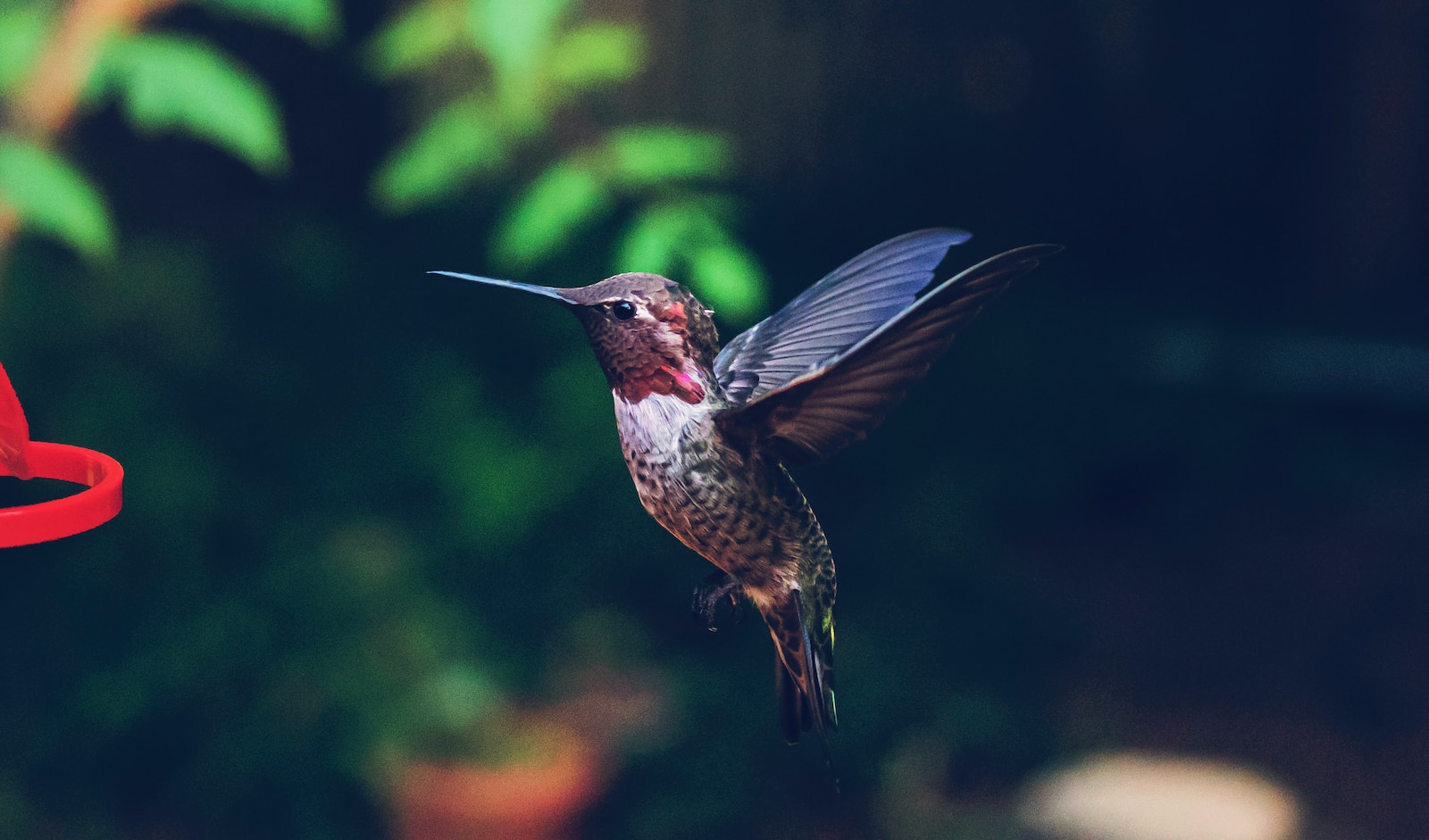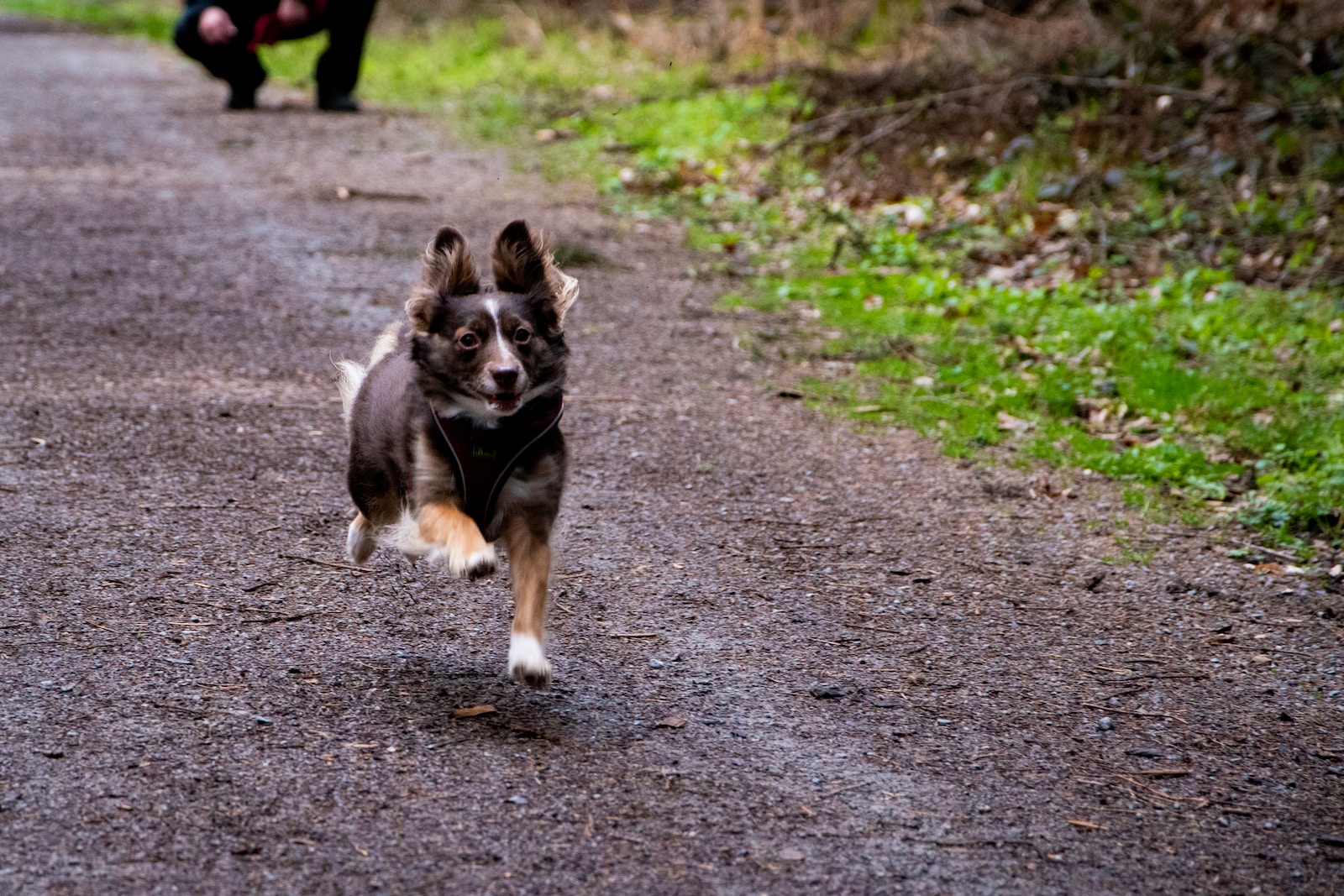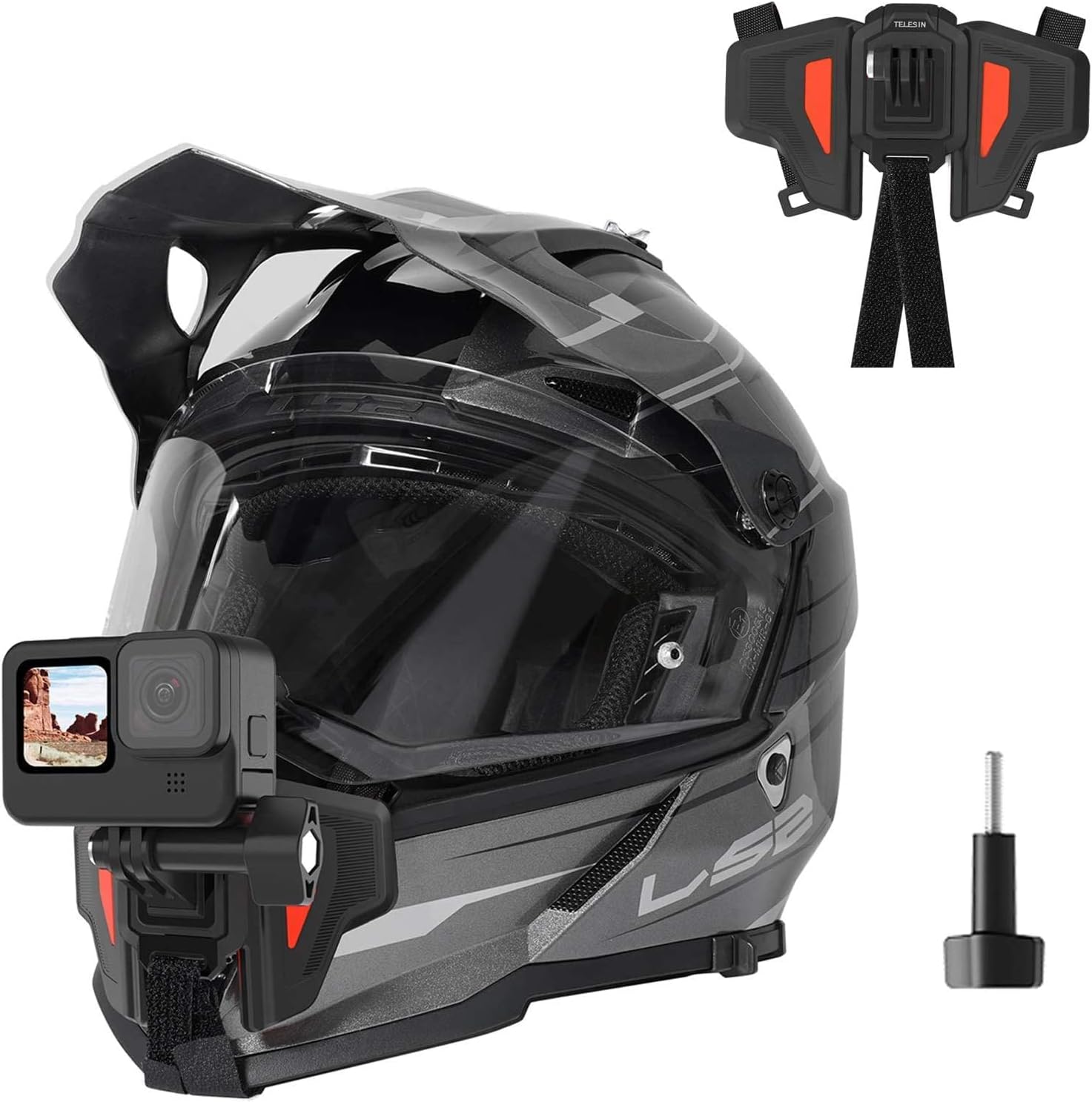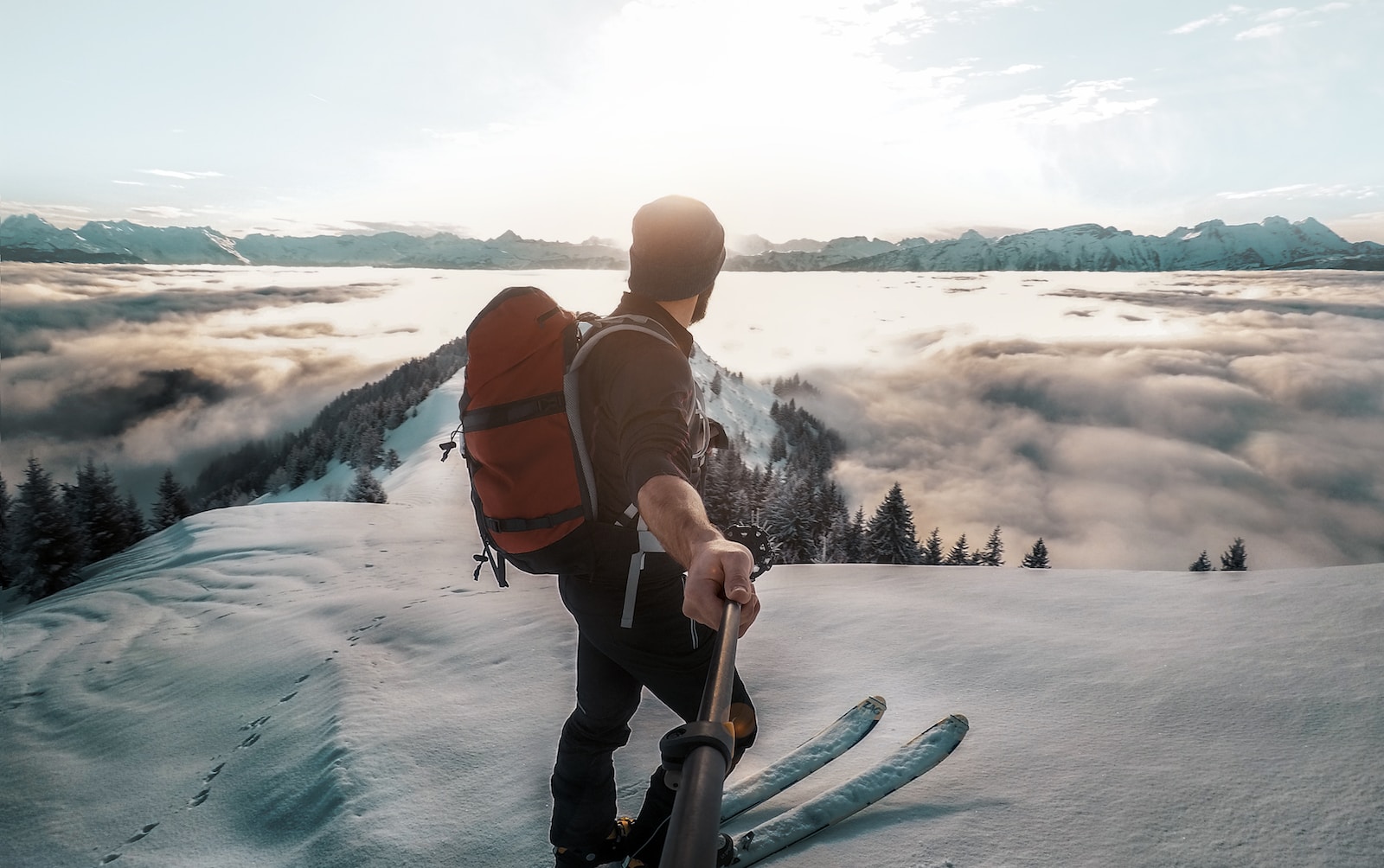Welcome to my blog, where I will show you the secrets to capturing awe-inspiring high-speed photographs using an action camera. Whether you are a seasoned photographer or just starting out, these tips and tricks will help you master the art of freezing fast-paced action in striking detail. From choosing the right camera settings to utilizing creative techniques, this guide will equip you with the knowledge to elevate your photography skills.
Table of Contents
- Understanding Shutter Speed
- Tips and Techniques: Pre-Focus for Precision
- Creative Approaches to High-Speed Photography
- Mastering High-Speed Photography: Tips and Tricks
- Frequently Asked Questions
- 1. What is high-speed photography?
- 2. How can an action camera be used for high-speed photography?
- 3. What are the key tips for mastering high-speed photography?
- 4. Do I need any special equipment for high-speed photography?
- 5. What are some popular subjects for high-speed photography?
- 6. How can I improve my high-speed photography skills?
- 7. Are there any post-processing techniques for high-speed photography?
- 8. Can I use a smartphone for high-speed photography?
- 9. Where can I find inspiration for high-speed photography?
- 10. Any specific safety considerations for high-speed photography?
- Wrap Up
Understanding Shutter Speed
Shutter speed is one of the most critical factors in high-speed photography. A fast shutter speed, such as 1/1000th of a second or faster, is essential for freezing action and capturing sharp details. Adjusting the shutter speed will vary depending on the subject and lighting conditions, so don’t be afraid to experiment with different settings to achieve the desired effect.
Selecting the Right Action Camera
An action camera with a high frame rate is crucial for capturing high-speed shots. Look for a camera that offers at least 60 frames per second (fps) or higher, as this will allow you to capture and freeze even the most fleeting moments. Additionally, opt for a camera with a responsive autofocus system to ensure accurate focus on your subject.
Tips and Techniques: Pre-Focus for Precision
To ensure your subject is in sharp focus, try pre-focusing your action camera by locking focus on a specific spot. This technique is particularly useful when photographing sports or fast-moving subjects. By pre-focusing, you can anticipate the action and capture the perfect moment with precision.
Utilize Burst Mode
Burst mode is a game-changer when it comes to high-speed photography. By activating this feature, your camera will continuously capture a series of images in rapid succession. Burst mode is especially useful for capturing action sequences or split-second movements, increasing your chances of nailing that perfect shot.
Experiment with Lighting and Exposure
Lighting plays a crucial role in high-speed photography. Consider using external light sources or manipulating available light to create dramatic effects. Additionally, experimenting with exposure settings, such as overexposure or underexposure, can add an artistic touch to your high-speed shots and enhance the overall impact of your photographs.
Did you know that the world record for the fastest high-speed photograph captures a bullet at a staggering 27,450 miles per hour?
Creative Approaches to High-Speed Photography
Water droplet photography is a popular subject in high-speed photography. By carefully timing the release of water droplets and using a fast shutter speed, you can capture stunning images that freeze the shape of the droplets and reveal intricate details.
Exploring motion blur
While freezing action is the typical goal in high-speed photography, experimenting with intentional motion blur can produce captivating results. Try panning your camera along with a moving subject or using longer exposures to create artistic streaks of light.
Capturing sports action
Sports events offer excellent opportunities for high-speed photography. To capture compelling sports action, ensure you position yourself in a strategic spot and use a fast shutter speed to freeze the athletes in motion. Timing and anticipation are key factors in capturing dynamic sports shots, so be ready to click that shutter at the right moment.

Mastering high-speed photography requires patience, experimentation, and a keen eye for detail. By understanding the basics and employing the right techniques, you can elevate your action camera photography skills and capture impressive high-speed shots. Remember to practice, review your results, and most importantly, have fun exploring this exciting genre of photography. Start freezing those fast-moving moments today and let your creativity soar!
Mastering High-Speed Photography: Tips and Tricks
Are you fascinated by high-speed photography and looking to capture those breathtaking action shots? Look no further! In this article, we will provide you with guidelines and advice on how to master high-speed photography using an action camera. Whether you’re a professional photographer or just starting out, these tips and tricks will help you take your high-speed photography to the next level.
1. Choose the Right Action Camera
The first step towards capturing stunning high-speed shots is to invest in a good-quality action camera. Look for a camera that offers a high frame rate and a fast shutter speed. These features will allow you to freeze motion and capture the split-second details of fast-moving subjects. Consider cameras like the GoPro Hero or the Sony RX0, known for their high-speed capabilities.
2. Understand Shutter Speed and Aperture
Mastering high-speed photography requires a solid understanding of shutter speed and aperture. A fast shutter speed is crucial for freezing the action and capturing sharp images. Start by setting your camera to Shutter Priority mode and experiment with different shutter speeds. Additionally, a wide aperture (low f-stop) will create a shallow depth of field, emphasizing the subject and separating it from the background.
3. Use Burst Mode
One of the key techniques for high-speed photography is to utilize burst mode. By shooting in burst mode, you can capture a series of images in rapid succession, increasing your chances of capturing the perfect moment. This is especially useful when photographing fast-moving subjects, such as athletes or wildlife in action.
4. Lighting Is Everything
Good lighting is essential in high-speed photography, as it allows for faster shutter speeds and reduces motion blur. When shooting indoors, use bright artificial lights or flashes to illuminate your subject. When shooting outdoors, take advantage of the natural light, ideally during the “golden hour” when the light is soft and warm.
5. Plan Your Composition and Focus
Before you start shooting, visualize your composition and plan your shot in advance. Consider the trajectory of the moving subject and position yourself accordingly. Use the rule of thirds to create a visually appealing composition. Additionally, set your focus mode to continuous autofocus (AI-Servo) to ensure that your subject remains sharp throughout the sequence.
6. Experiment with Different Techniques
Don’t be afraid to experiment with different techniques to create unique high-speed shots. Try using a slow shutter speed combined with panning to create motion blur while keeping your subject sharp. Use props or water splashes to add an extra element of interest to your photos. The possibilities are endless, so let your creativity run wild!
By following these tips and tricks, you will be well on your way to capturing stunning high-speed shots using an action camera. Remember, practice makes perfect, so keep experimenting and refining your skills. Happy shooting!
Frequently Asked Questions
1. What is high-speed photography?
High-speed photography is a technique that captures fast-moving subjects by using a quick shutter speed to freeze the action.
2. How can an action camera be used for high-speed photography?
An action camera is a versatile tool for high-speed photography due to its compact size, durability, and ability to shoot in continuous burst mode.
3. What are the key tips for mastering high-speed photography?
To master high-speed photography, consider the following tips:
- Use a fast shutter speed to freeze motion
- Set a wide aperture to let in more light
- Experiment with different angles and perspectives
- Anticipate the action and be prepared to capture the moment
4. Do I need any special equipment for high-speed photography?
While not necessary, certain equipment can enhance your high-speed photography results. Consider using a tripod for stability, remote triggers for precise timing, and external flashes to improve lighting.
5. What are some popular subjects for high-speed photography?
Popular subjects for high-speed photography include water droplets, splashes, sports activities, bursting balloons, and even smashing objects. Let your creativity flow!
6. How can I improve my high-speed photography skills?
Improving your high-speed photography skills takes practice and experimentation. Learn from your mistakes, analyze your shots, and don’t be afraid to try new techniques to achieve outstanding results.
7. Are there any post-processing techniques for high-speed photography?
Yes, post-processing can enhance your high-speed photos. Adjusting brightness and contrast, fine-tuning colors, and retouching minor imperfections can make your shots stand out even more.
8. Can I use a smartphone for high-speed photography?
While smartphones have improved in their ability to capture fast motion, dedicated action cameras still provide superior results due to their specialized features and capabilities.
9. Where can I find inspiration for high-speed photography?
There are various sources of inspiration for high-speed photography, including online photography communities, social media platforms, photography magazines, and even nature itself. Observe the world around you for interesting moments to capture.
10. Any specific safety considerations for high-speed photography?
Ensure the safety of yourself and others when experimenting with high-speed photography. Be cautious when using props or handling potentially dangerous subjects. Always prioritize safety over getting the shot.
Wrap Up
Mastering high-speed photography can be a thrilling and rewarding experience, especially with the right action camera and these useful tips and tricks. By understanding the principles of high-speed photography, choosing the right equipment, setting up your shots effectively, and practicing patience, you can capture stunning, fast-paced moments with ease.
Remember, practice makes perfect, so don’t be discouraged if your first attempts don’t turn out as expected. Keep experimenting, trying new techniques, and pushing the boundaries of your creativity.
We hope these guidelines have empowered you to embark on your high-speed photography journey. Feel free to share your thoughts, experiences, and any additional tips in the comments below. Engage with fellow photography enthusiasts and continue to refine your skills—it’s all part of the exciting process!
Thank you for reading, and happy high-speed shooting!
Don’t be shy—share your experiences, ask questions, and leave a comment below!



